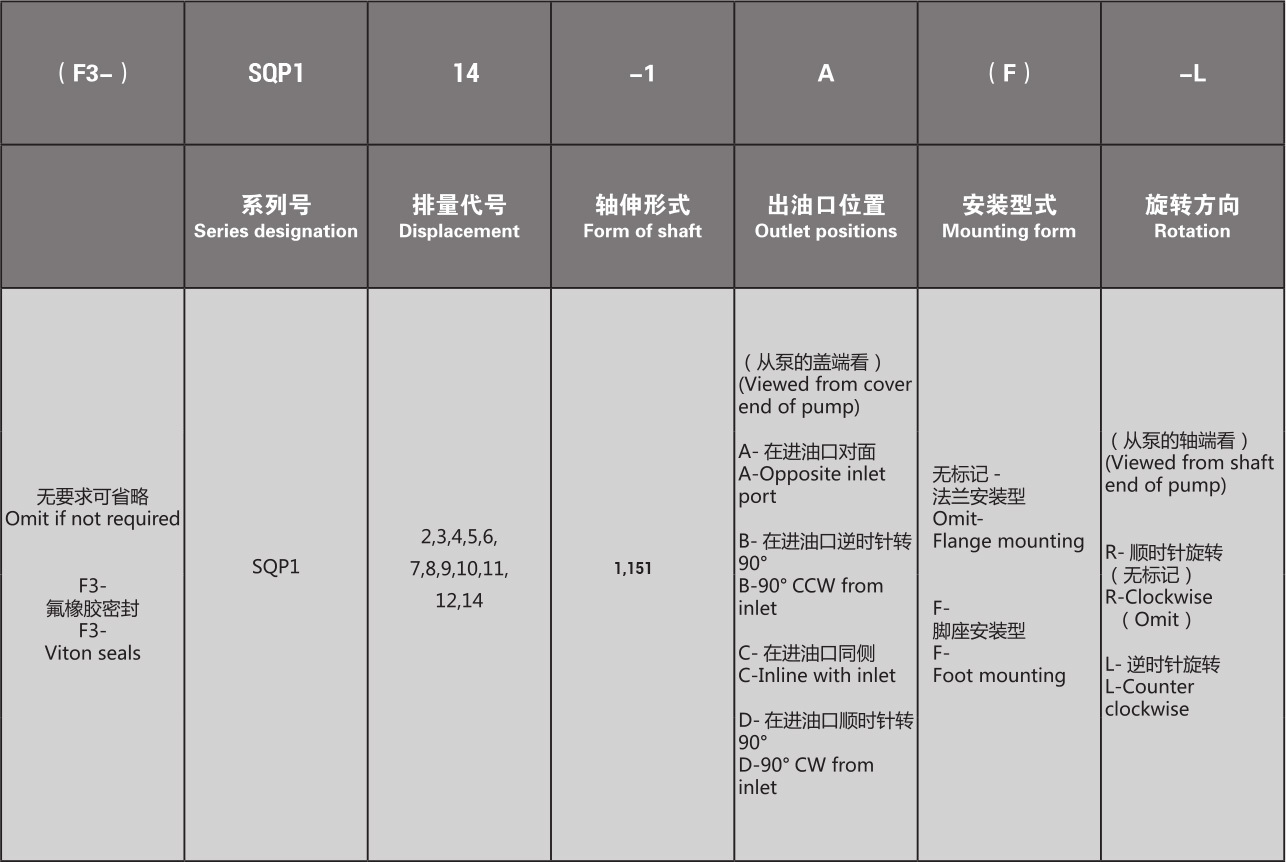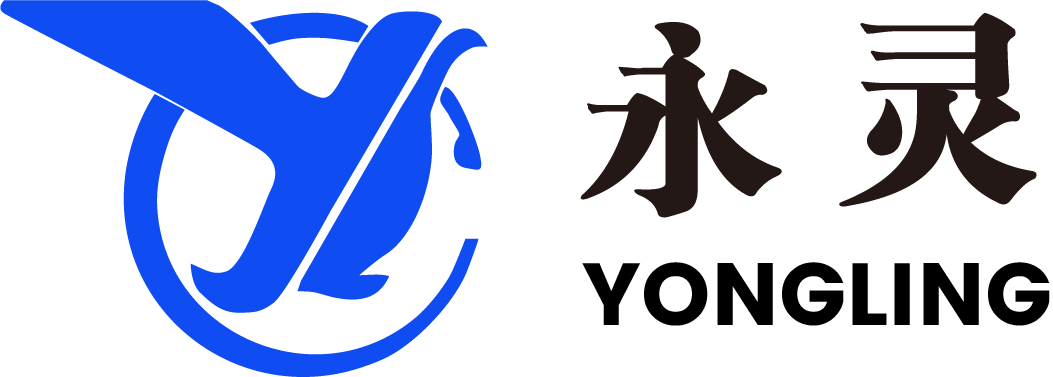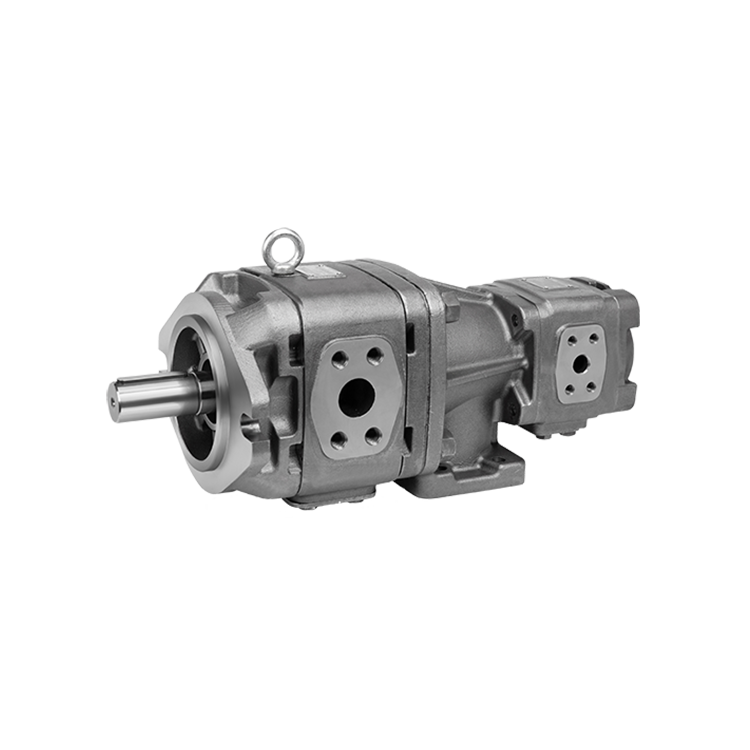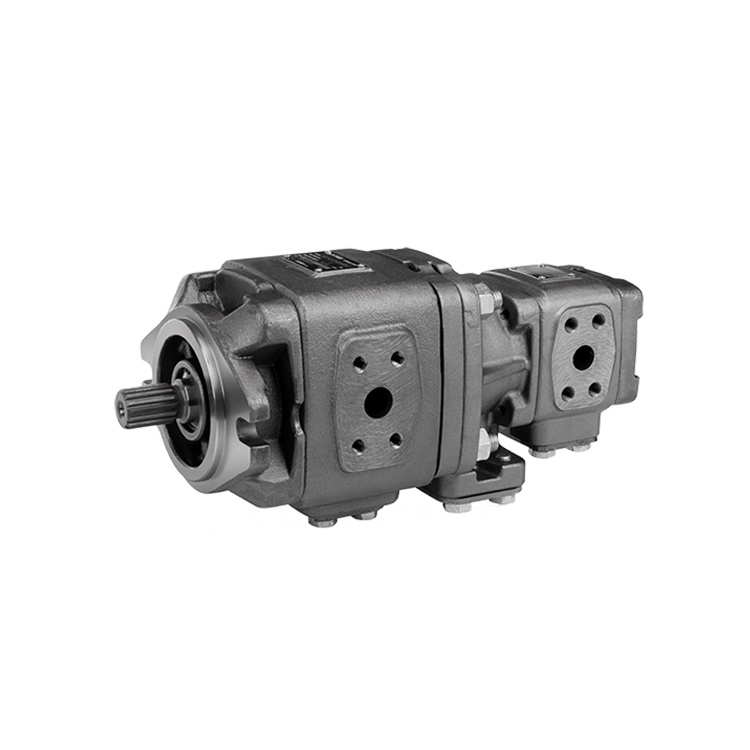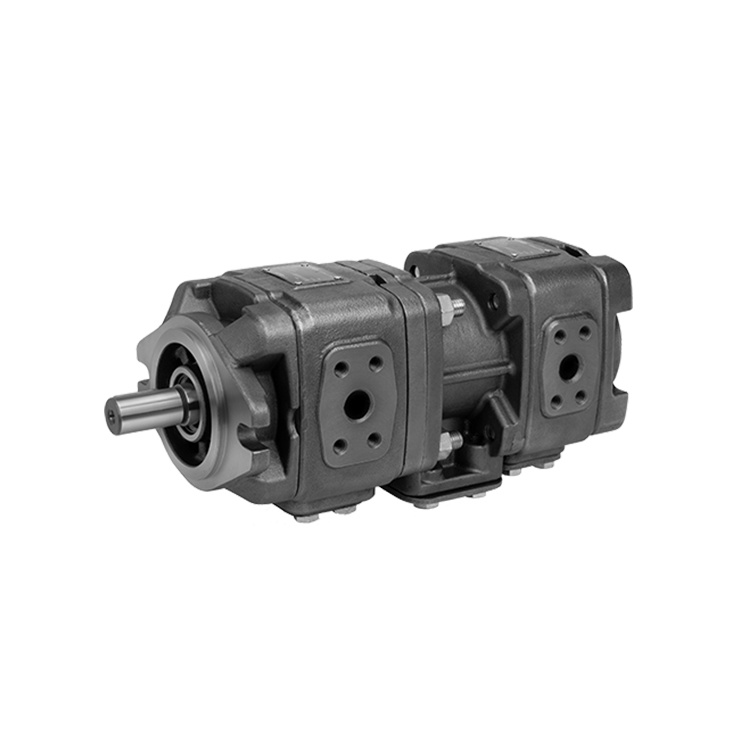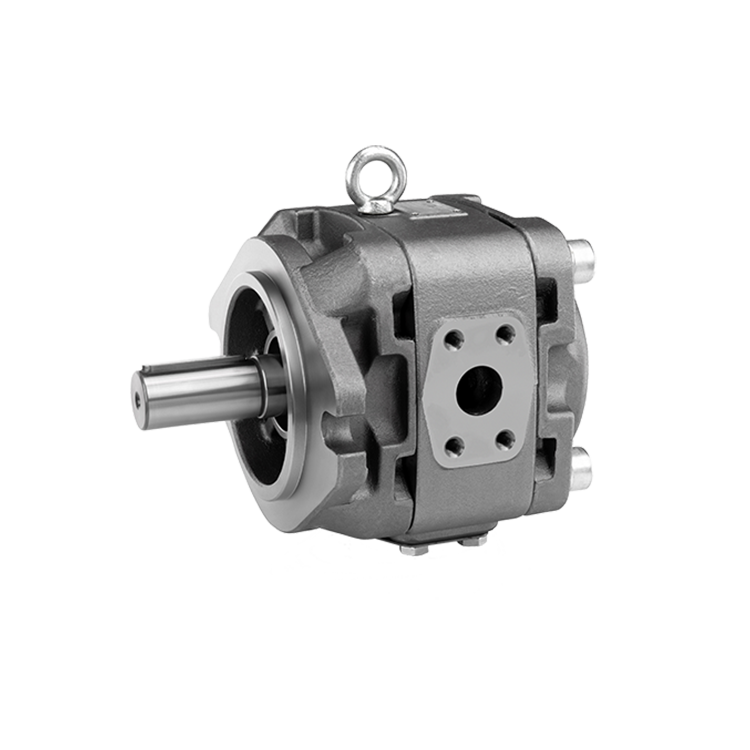Note: ①When the working fluid is phosphate ester fluid, use special seal (FPM). Add prefix [F-] before the specified model when ordering.
②Transient (peak) pressure exceeding the maximum pressure rating by 10% is allowed for 0.5 seconds.
1. During installation, the concentricity tolerance of the pump and motor must be less than 0.10mm (TIR), the maximum allowable angular error must be less than 0.2 degrees, and a flexible coupling must be used; the pump shaft must not bear radial and axial loads; the bracket must be strong, rigid, and able to fully absorb vibration.
2. Fixed pipelines, especially the inlet pipeline, must be sized according to the port size and a safety relief valve must be assembled in the system (inlet flow rate between 0.5 and 1.5 m/s). The set pressure of the safety valve must not exceed the maximum pressure of the pump; the inlet pipeline must be strictly sealed and must not leak; the oil tank should be equipped with a diaphragm to separate bubbles and dirt from the oil; the oil return nozzle should be below the liquid surface, with a minimum depth of 50mm, even at low levels, to avoid bubble formation.
3. Set the suction pressure at the pump inlet: Hydraulic oil for hydraulic oil is +35~ -16.7 KPa. Hydraulic oil for water-ethylene glycol and phosphate ester is +35~ -10.1 KPa.
4. If the pump is mounted on the oil tank or above the oil tank cover, the suction port height of the pump should be less than 500mm.
5. The oil should be kept clean, and the pipelines and oil tank must be thoroughly cleaned; a precision filter should be assembled in the system, with a recommended accuracy of 25μm, and the cleanliness of the oil should be within NSA12. A filter with sufficient capacity (the rated flow rate should be more than twice the pump flow rate) should be fixed 50mm above the bottom of the oil tank at the pump inlet, with a recommended accuracy of 100μm (150 mesh).
6. It is recommended to use anti-wear industrial hydraulic oil or automotive crankcase oil with the letter designation SC, SD, SE, or SF, with a viscosity grade of 32 to 68 cSt at 40℃.
Preferred viscosity at rated speed and pressure:
Minimum 13cSt Maximum 54cSt
Minimum 49℃ Maximum 65℃
7. Check the inlet port, outlet port, and direction of rotation before starting the pump. After fixing the pump, manually rotate the pump shaft evenly and smoothly. It is best to add oil to the pump for the first use.
In the initial operation or operation after a long rest, the pump may encounter difficulties in sucking in liquid; in this case, a vent valve should be installed on the discharge side in advance, or the air should be discharged by slightly loosening the connection on the discharge side. When starting, operate the pump intermittently without load as much as possible.
8. Do not start the pump when the outlet pressure is lower than the inlet pressure. This will cause operating noise and blade instability.
9. When starting, if the oil viscosity is higher than the suitable viscosity (54cSt), the pressure should be limited to 50% or less of the respective rated value until the system warms up.
